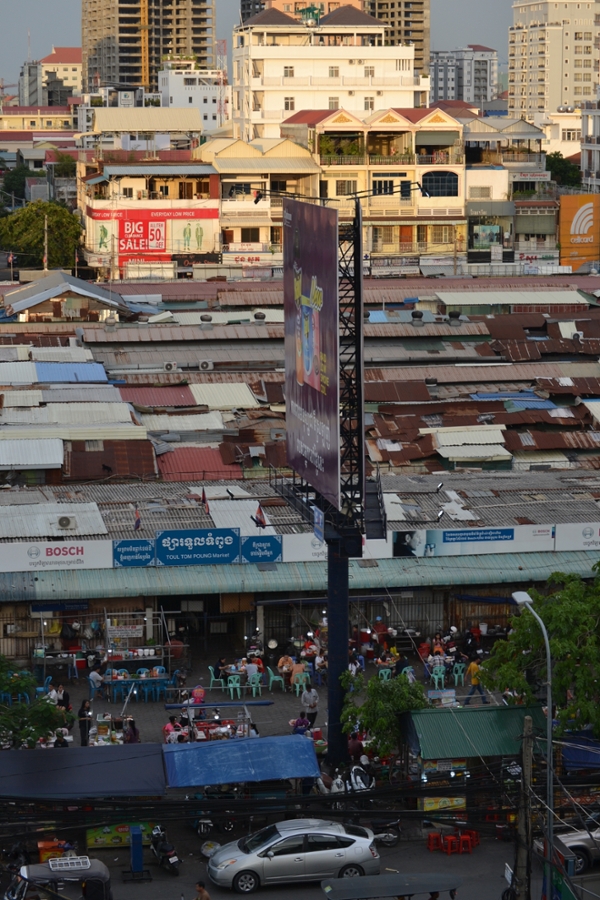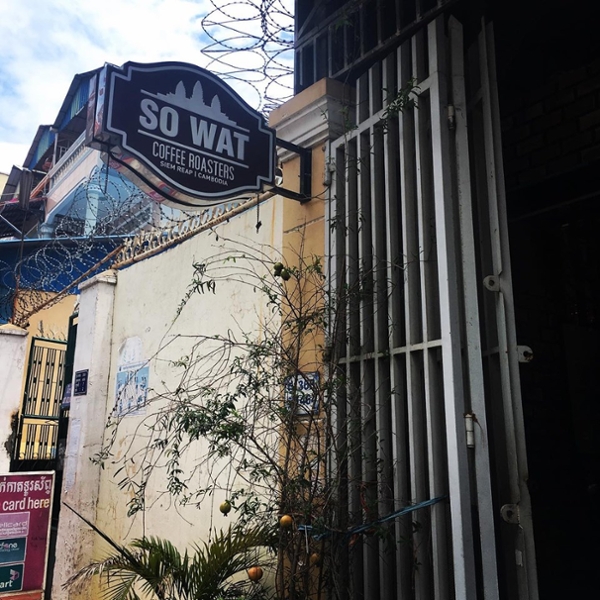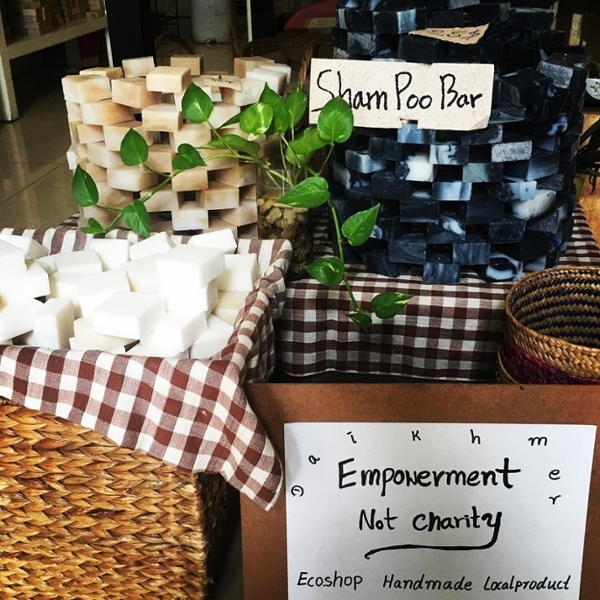Week 10: UN Reporting; My Neighborhood
The lawyer training in July was the first big calendar reference point for IBJ Cambodia’s UNDEF grant after the project start date. Due following the training: a “Midterm Narrative Report,” and a “Financial Utilization Report” (aka FUR). The Narrative Report required a detailed explanation of progress we’d made on each goal defined in the project document, organized by “outputs,” “activities,” “targets” and “results.” Do those things sound like they overlap to you too? It turns out, UNDEF has what seems like a code-language for talking about grant projects.
Luckily, I was able to decode the template provided for the report by looking at the project document. “Outputs” are subdivisions of the overarching goals of the project — those, by the way, are called “outcomes.” The grant has three project outcomes, and each is divided into two or three outputs. “Activities” are the events and other staff responsibilities that put the project into action. The “targets” are measurable indicators of the success of each output, and by implication, every activity. Finally, “results” are the actual measurements. Are you with me?
The report turned out to be fifteen pages, with over seventy pages of annexed material. Assembling the annexes was a satisfying process, as it required that I look over a lot of the work I’d done over the course of the summer. Having the space to reflect, I realized how much I actually achieved, and more importantly, how much I learned since I started at IBJ Cambodia.
Toul Tom Poung
In addition to learning about international NGO work, I also fell in love with Phnom Penh this summer. A big part of the reason has to do with my particular neighborhood.

View of Toul Tom Poung market from my balcony
The Russian Market or Toul Tom Poung area not only houses its namesake, but myriad small businesses and restaurants run by Cambodian entrepreneurs and a handful of expats. Within blocks of the apartment I share with Anna Nicholson, there’s a coffee roaster, a waste-free organic soap seller, a rock-climbing gym, a 20’x20’ independent bookstore, a brewery, a vegan restaurant, and a gelato shop. At the same time, just a block or two farther, there’s an open sewage canal. Right up to the canal railing, street food vendors sell roasted duck with the heads still on, Mekong River snails, and a variety of other delicacies. I must say, I actually enjoy the crickets (my vegetarianism has been a bit flexible here).


So Wat Coffee Roasters; Dai Khmer Ecoshop
What is most remarkable about this neighborhood of extremes is the sense of community. When you walk into a bar and sit down, you immediately have a room of new friends. When you buy a painting at one of the market stalls, you know the owner will remember you and give you a discount next time. My colleague from Germany, who lives in the same area, told me that what he values most about Cambodia is that people always smile at him. With only two more weeks of my internship remaining, I’m already getting sad that I have to leave.